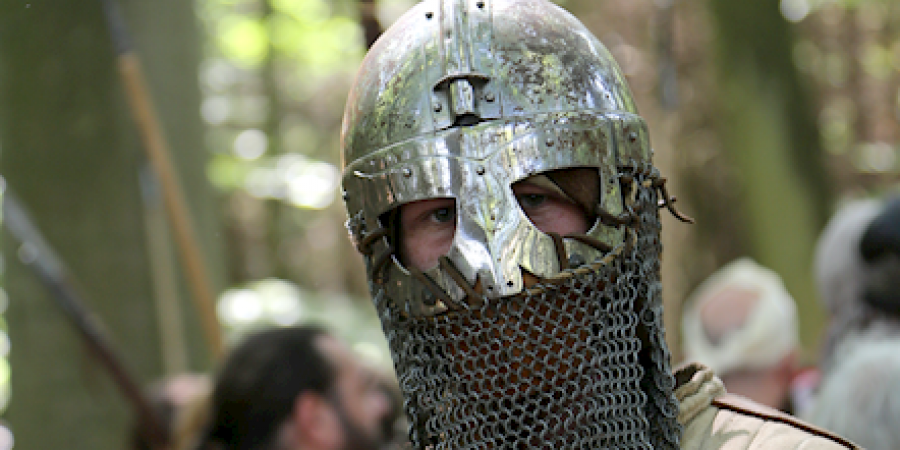


Set course for the Blue Eastern Jutland and get a taste of the dramatic seafaring life of the Vikings.
Today, the Vikings are no longer just our own Danish cultural heritage; they are Europe’s cultural heritage. Nations all over Northern and Eastern Europe can genetically as well as culturally identify with our seafaring ancestors, and for this reason many visit Eastern Jutland today as tourists in order to experience the centre of the Viking empire.
The Viking Age from around 800 AD to 1050 AD is a landmark period in the History of Denmark in which sailing plays a pivotal role, and the Viking Age in particular was Eastern Jutland’s cultural peak.
The Vikings were skilled traders, but also warlike in the extreme.
The Eastern Jutland maritime cultural landscape contains a multitude of monuments, ruins, sunken wrecks and stories that bring our ancestors’ wild seafaring life vivaciously to life. The sail was invented in the Viking Age, and the ship was the supreme means of transport of the time, as it made transporting goods and people much easier than doing it across land.
From Vejle Fjord where secret naval bases upheld contact with the Danelaw in England, to Aarhusbugten bay where lakes, bays and covets formed the largest Viking naval base in Scandinavia, maritime Eastern Jutland is home to an abundance of legends and sites from the Viking Age.
Sail north along the coast at Helgenæs where King Harold Bluetooth met his demise in battle, sail around Aarhus harbour where King Svend Estridsen fought mighty warrior kings from Norway, or moor at Hjarnø in Horsens Fjord where King Hjarne fell with his entire fighting force in a gruesome naval battle. Explore this exciting area that forms the setting of mounds, naval bases, Viking strongholds and the largest Viking fleet to ever sail the seas!
The Eastern Jutland waters had particular significance for the military strategy of the Vikings, and the royal powers had major interests in the area.
Proof of this is the many Eastern Jutland town names with the syllable ”snekke” (”snekke” means warship/longship). The location of the many beacon hills that functioned as a bonfire warning system and the Kanhave Canal on the island of Samsø bear witness to a well-developed defence system in which an entire navy could be moved from one side of the island to the other to protect the Viking city of Aros (today: Aarhus).
Read and hear about Viking stories in the Blue Eastern Jutland on this page, narrated by historian Casper Clemmensen.
Good luck on your Viking expedition!